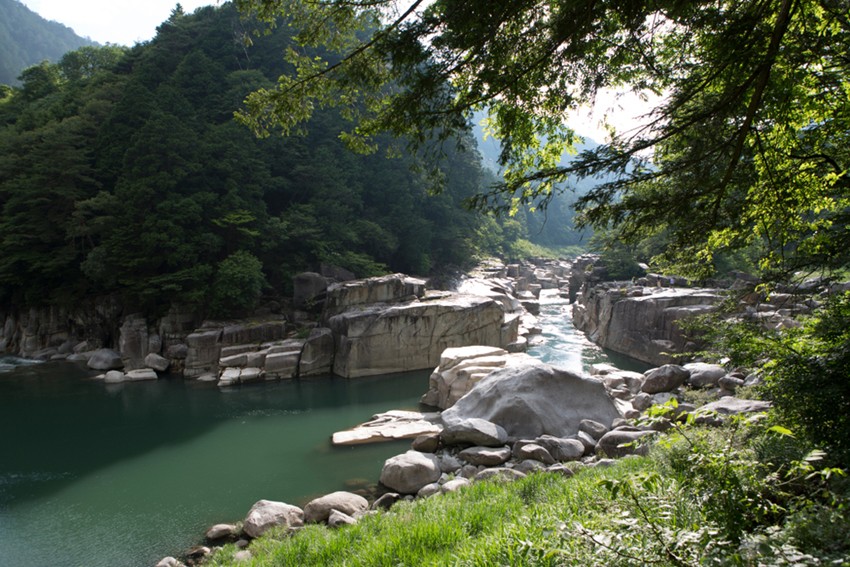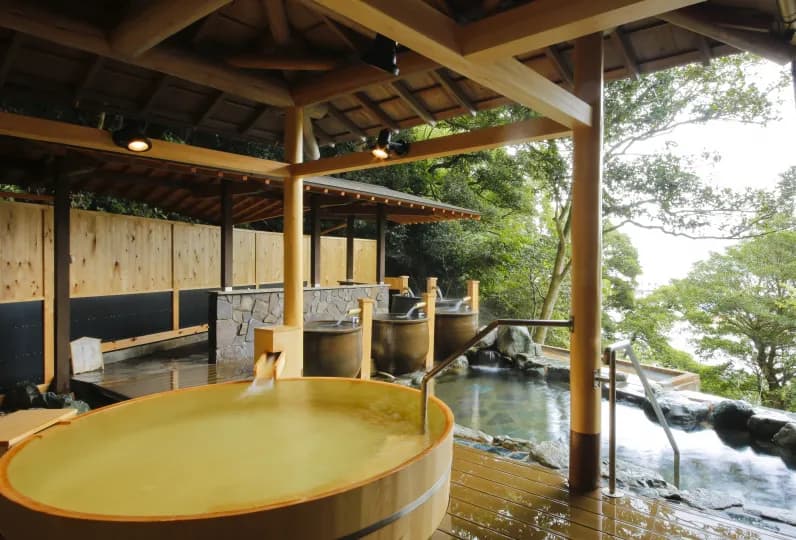
In my previous post, I have stated a few reasons why you should consider visiting Mie Prefecture of Japan. So now, I'd love to show you a couple of tourist spots that are nice to visit!
1. Ise Jingu that is loved by all Japanese

The Ise Jingu complex is considered the most sacred in Japan because of the presence of the goddess Amaterasu-omikami, the most superior god in the Shinto religion. The Jingu Isle is a Shinto temple complex consisting of 125 temples divided into two main sections: Naiku (inner temple) and Geku (outside temple).
This is where it is believed that the Amaterasu-omikami, located in Naiku, while Toyouke-no-omikami, the goddess of agriculture and industry, is in Geku. All 125 temples are located around the city of Ise and can usually be reached by bus located in the city of Ise.

Nearby is a street with traditional architecture from the Edo era Oharai Machi, and very close to Naiku, where visitors can buy a variety of popular traditional foods such as akafuku mochi, which is a concentrated cake made from rice and contains Japanese red beans.
2. Kumano Kodo: UNESCO World Heritage Site in Mie

Kumano Kodo has been designated as a UNESCO World Heritage Site since 2004. Kumano Kodo has a variety of hiking trails that connect the various sacred sites of the Kii Peninsula in Mie that covers several regions.

These ancient routes have been used for over 1,000 years. If the climbers begin to climb from Ise, this route will take them to Hongu Taisha and Hayatama Taisha, two of the three temples that form Kumano Sanzan (the three largest temples in Kumano), and to the third temple, the famous Nachi Taisha view of Nachi waterfall in Wakayama area. While hiking through Kumano Kodo will take a few days, this trip will satisfy hikers.

3. Mikimoto Pearl Island - The museum highly rated by many foreign visitors

In 1893, Kokichi Mikimoto made the world's first cultured pearl in the ocean of Ise. Although the pearls are different from the pearls brought from the sea, but Mikimoto has succeeded in becoming a world-renowned brand for their quality of pearls.

For visitors interested in learning about the history of pearl culture and the process of breeding and acquiring cultural pearls, Mikimoto Pearl Island is a small museum to visit. Located just off the coast of Toba, which has English-language infomercials, it also has a collection of antique jewelry featuring pearls.
Visitors can also enjoy the demonstrations of the Ama diver even in the winter and can learn a lot from the small museum located in Mie.
Of course, there are a lot more beautiful and interesting spots in Mie, such as…
Futamiokitama Shrine

or perhaps the Toba Sea Paradise

or enjoy yourself in Todaya’s hot springs

or enjoying the view of the majestic Nachi Falls while heading to the shrines in Kumano

Mie Prefecture is a place worth a lot more than just a day trip! You can arrive here with various kinds of rail passes too. ^^
It's a place that is very calming, and I would love to visit again someday.
Will you be adding Mie to your travel plans?







































 Prison Guard Rooms
Prison Guard Rooms




























